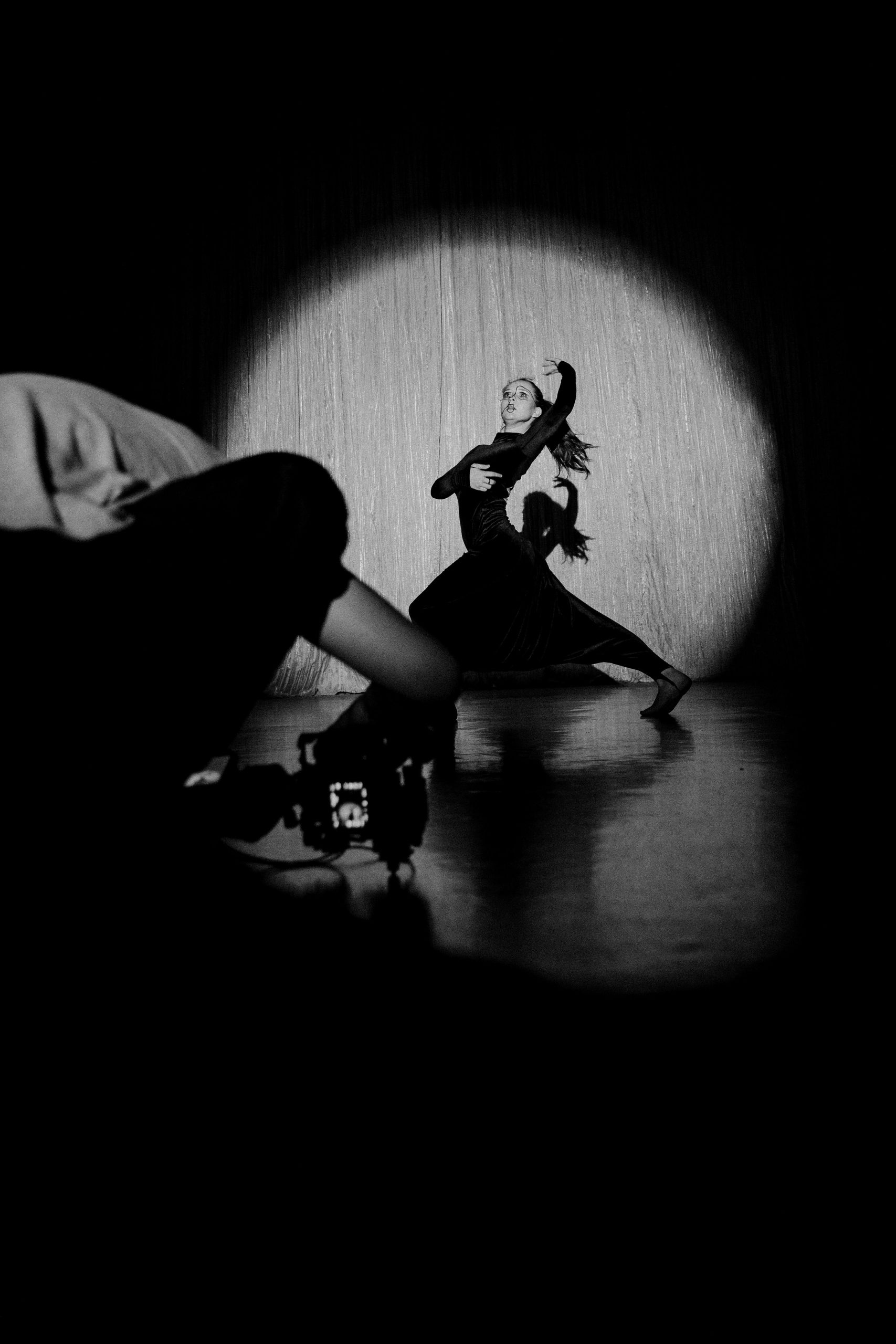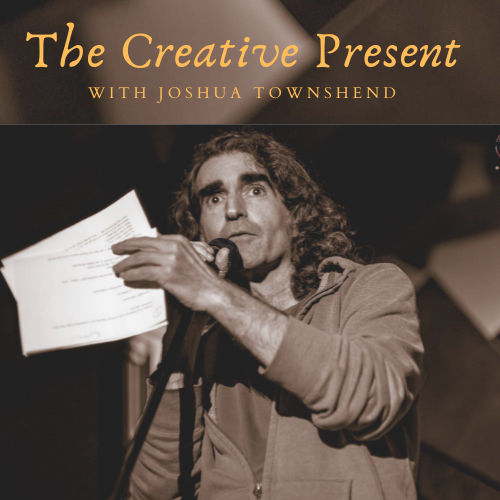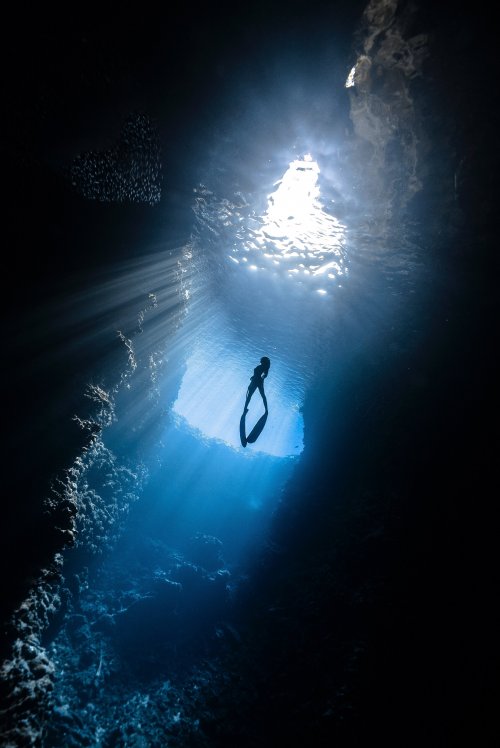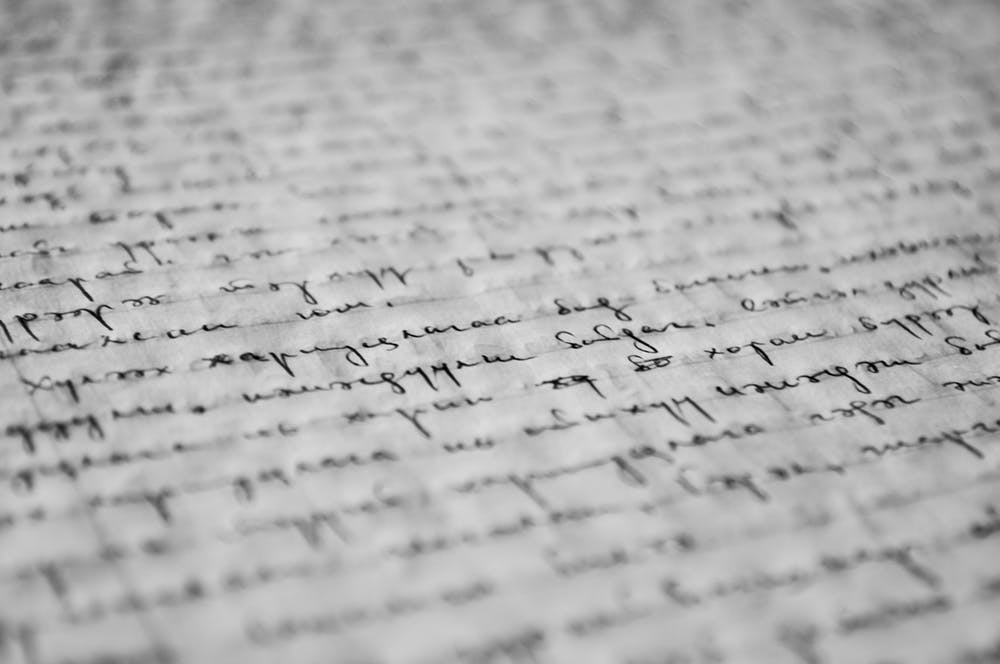Today, we’re diving deep into a concept that can transform the way you approach every scene you write or perform: alternative realities.
The Nature of Alternative Realities
Every scene you write or perform exists within a web of alternative realities. These are not just theoretical possibilities; they are the rich, textured pathways that characters often navigate subconsciously as they move through their stories. The awareness level of your characters—how attuned they are to their desires, fears, and inner conflicts—shapes these realities. This is why tapping into your characters’ hopes, dreams, fears, and secrets is essential.
Consider this: a character’s hopes and dreams aren’t just background noise; they are the fabric of their reality. Their fears and secrets are the shadows that shape their actions and decisions. And their ideal future, the outcome they long for at the end of a scene, is the lighthouse guiding them through the fog of uncertainty.
The Cascading Effect of Desires
Imagine a cascade—a waterfall of desires and possibilities. At the top, you have the character’s most vivid hopes, dreams, and fears. As the water flows down, it branches out into smaller streams, each representing an alternative reality within the scene. These streams are the possible outcomes, ranging from the ideal to the disastrous.
Take, for instance, a romantic scene. The ideal future for one character might be to hold hands and share a first kiss—a tender, chaste moment that symbolizes connection and trust. For the other character, the ideal future might be entirely different—perhaps securing a second date because they’ve never made it that far.
These differing ideal futures create tension, and multiple scenarios can unfold within that tension. What if one character misreads a cue, and the moment passes awkwardly? What if the kiss happens too soon or not at all? Each of these scenarios is an alternative reality that the characters, consciously or not, navigate.
Navigating Ideal Futures and Their Alternatives
As a writer or actor, it’s crucial to understand that every character drives toward their version of an ideal future. This drive isn’t straightforward; it’s filled with detours, obstacles, and unexpected turns. And within these twists and turns lie the richness of the scene.
Let’s revisit our romantic scene. Perhaps the ideal future for one character is as simple as holding hands while the other seeks the assurance of a second date. These desires, while seemingly aligned, can create a multitude of alternative realities.
Imagine the subtle shifts that occur when one character reaches out to hold hands, but the other hesitates. In that hesitation lies a world of possibilities—what is the character thinking? Are they afraid of moving too fast, or perhaps they’re already thinking about the second date?
Now, what if the first character senses the hesitation and pulls back? Suddenly, the scene takes on a different tone. The characters are now navigating a reality where the simple act of holding hands has become a complex dance of intentions and fears.
The Importance of Choice Points
Every scene is filled with choice points—moments where characters consciously or subconsciously decide how to respond to the situation at hand. These choices are the gateways to alternative realities. The more aware your characters are of their desires and fears, the richer these choice points become.
For instance, in our romantic scene, the choice point might be as subtle as whether or not to smile after the first awkward silence. A smile could signal reassurance, while a lack of one might heighten the tension. These small choices ripple out, creating new pathways within the scene, each with its own set of consequences.
Embracing Human Complexity in Characters
What separates a compelling character from a flat one is their ability to exist in these alternative realities. A character who is fully aware of their ideal future and the myriad ways it could go wrong or right feels alive. They are not just playing out a script; they are living, breathing humans with desires, fears, and complex emotions.
This is where the distinction between a character and a human being becomes crucial. A character merely performing a scene might hit all the right beats, but they will need more depth to fully present in reality. On the other hand, a human being within a scene, fully attuned to their desires and the alternative realities at play, brings a boldness, richness, and aliveness that resonates deeply with the audience.
When we watch a film or play and see a character who fully inhabits their reality—no matter how flawed, scared, or hopeful they are—we connect with them. We see ourselves in them, or perhaps we see aspects of ourselves we hadn’t recognized before. This connection is what makes storytelling so powerful.
The Power of Dropping Labels
One of the most limiting forces in creative work is the use of labels. When we label a character—or even ourselves—we confine them to a narrow pathway, cutting off the vast array of alternative realities they could inhabit. Labels like “narcissist,” “bipolar,” or “hero” are reductive. They compress the richness of a character’s humanity into a tight, limited channel.
In your creative life, I encourage you to drop these labels. Allow your characters to exist in the fullness of their humanity. When you do this, you open up a world of possibilities. You give your characters the freedom to surprise you, to show up in unexpected ways, and to navigate their realities with the same complexity and unpredictability that real people do.
Expanding Your Creative Practice
Now that we’ve explored the concept of alternative realities, how can you apply this to your creative practice? Here are a few exercises to help you deepen your understanding and implementation of these ideas:
- Character Mapping: Take a character from your current project and map out their ideal future in a particular scene. Then, explore at least three alternative futures—one better than the ideal, one worse, and one completely unexpected. How does the character navigate these possibilities?
- Choice Point Exploration: Identify key choice points in a scene. What are the different ways a character could respond? Write out or act out these alternatives, paying close attention to how each choice alters the reality of the scene.
- Label-Free Writing: Write a scene where you consciously avoid labeling your characters. Instead of defining them by their traits or roles, focus on their desires, fears, and the alternative realities they navigate. Notice how this opens up new possibilities for the scene.
- Nature-Based Reflection: Spend time in nature and observe how the natural world operates within multiple realities—how a tree can be both a shelter and a trap, how a river can be both life-giving and dangerous. Reflect on how these observations can inform your creative work.
- Walking Backward Practice: Engage in my walking backward practice as a way to shift your perspective. As you walk, reflect on a scene you’re working on. Consider the alternative realities your characters might be navigating. How does this practice help you see new possibilities?
Embracing Your Creative Process
As we conclude this exploration of alternative realities, remember that the creative process is not about finding the one “right” path. It’s about embracing the multitude of possibilities that exist in every moment. Whether you’re writing a scene, performing it, or simply living your life, alternative realities are always at play.
By tuning into these realities and allowing your characters—and yourself—the freedom to explore different pathways, you unlock a profound and expansive depth of creativity. You move beyond the limitations of labels and preconceptions, stepping into a space where anything is possible.
Thank you for joining me in this exploration.
Until next time, keep exploring the alternative realities that make your creative life so rich and fulfilling.






